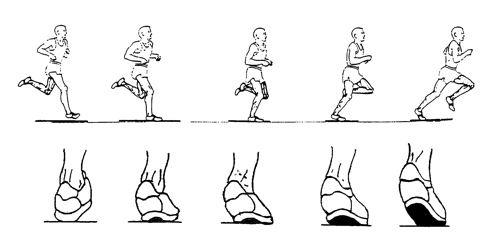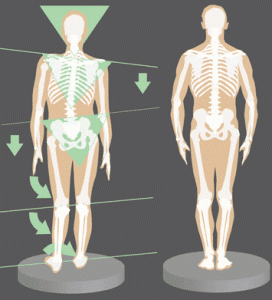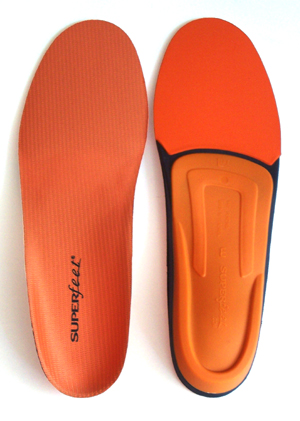Boricua...i actually am testing out Superfeet Orange right now.
To give you perspective, I believe that in daily use, the less shoe you wear, the better. We're designed to be barefooted. Because of my profession I can wear about any shoe I wish during a normal workday. I alternate between New Balance Minimus, Inov-8, and Vibram FiveFingers. I want my foot and ankle complex doing its own stabilization work.
But tennis is a different beast. It's a high-torsion activity with very high "moments of load". It's much different than regular running, for example. I'll run in Vibrams, but no way I'd play tennis in 'em. When going for a run, or doing sprint work, I'm not sprinting and then stopping on a dime, or planting, twisting and pushing off. All of those things will create intrinsic instability in the kinetic chain, and I'm testing to see if something like the superfeet can help assist in both creating a bit more cushioning, as well as keeping torsion down to as minimal a level as possible.
What stresses articular cartilage the most in aging knees isn't impact, it's torsion-style impact where you plant, twist and push off. I don't want my foot sliding around during such a move, that simply adds stress to the knee capsule, so I'm looking for ways to keep the foot as stable as possible during those movements.
But again, that's for tennis only for me. The rest of the time, I'm in minimalist shoes as much as possible.
Let me know if instead of clarifying I just confused.






